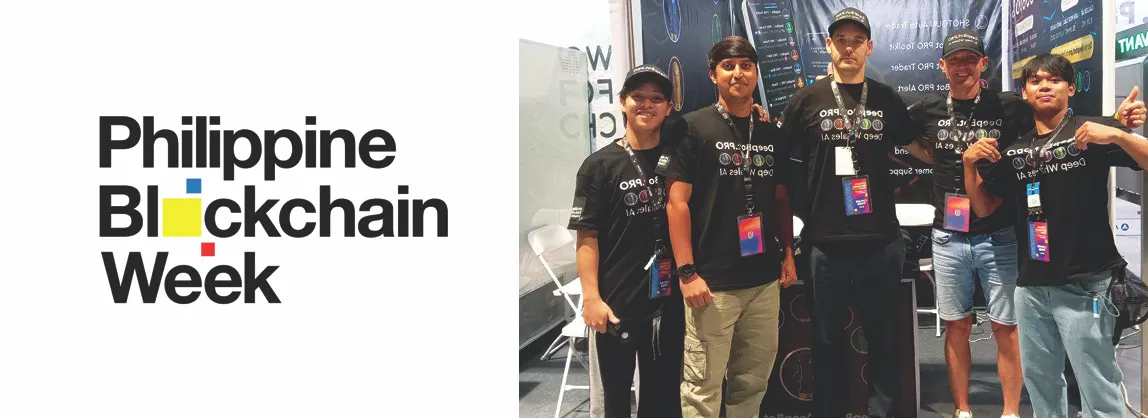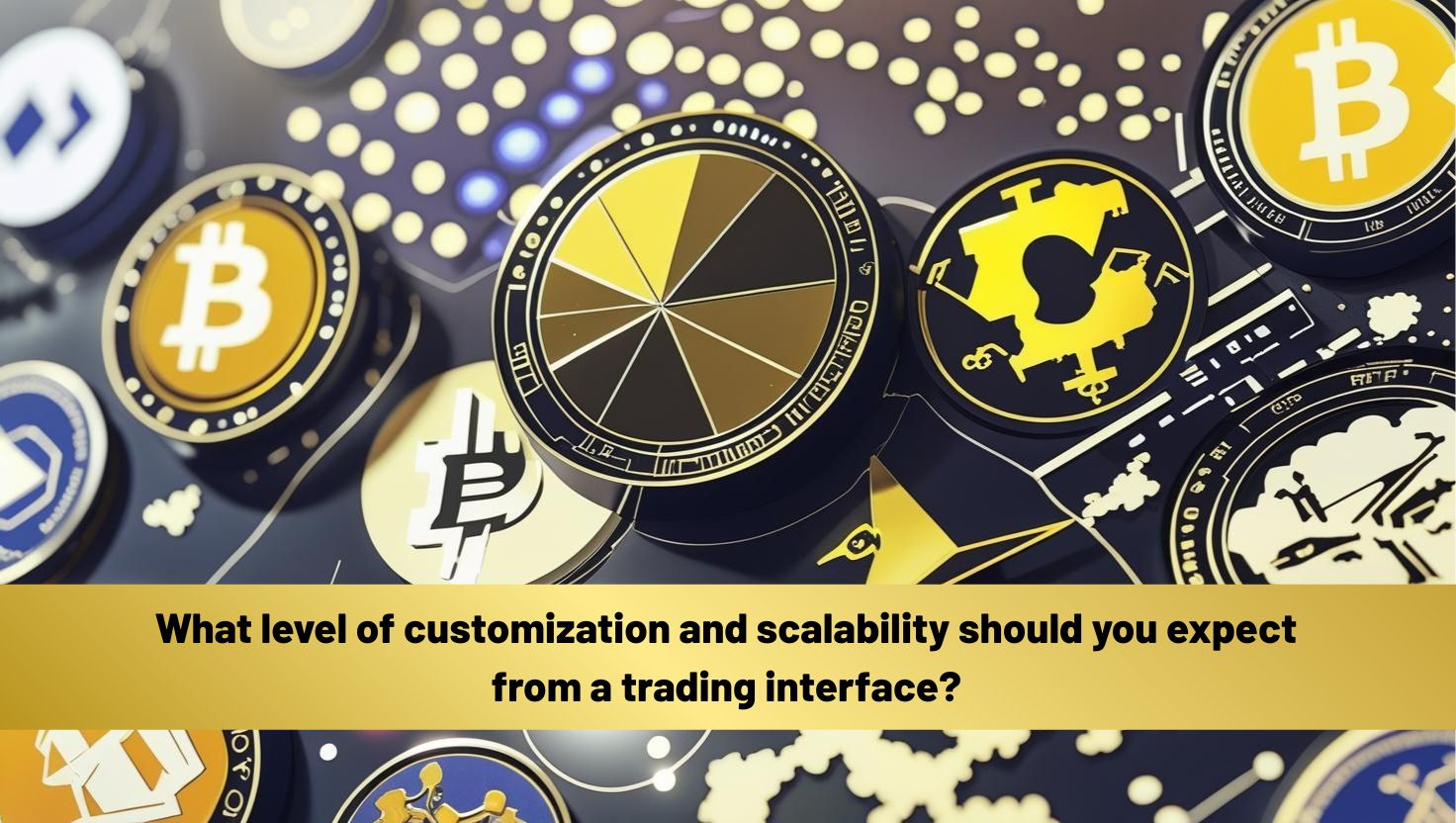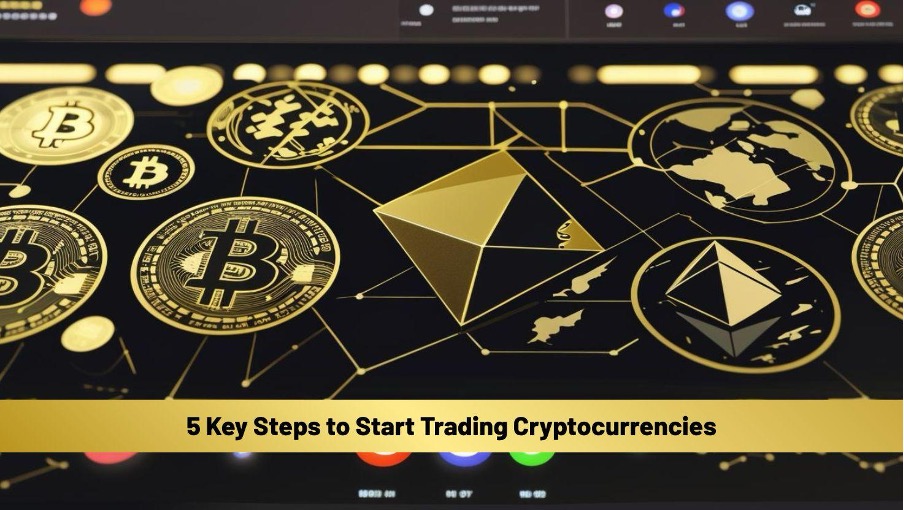DeepBot as a case study
The global financial narrative is often dominated by the monolithic towers of Wall Street and the City of London. It’s a story we know well, one of established players and centuries-old institutions. But what if the next chapter, the truly disruptive one, isn't being drafted in these traditional strongholds? What if, instead, it's taking shape in the vibrant, dynamic digital economies of Southeast Asia? The recent Philippine Blockchain Week 2024 felt less like a conference and more like a declaration, a signal that the nexus of AI-driven finance and decentralised technology is finding fertile ground in the East.
It’s one thing to discuss theoretical applications of artificial intelligence in trading. It’s quite another to witness its practical, tangible impact within a community hungry for innovation. The prevailing sentiment was not one of speculative hype, but of a pragmatic search for genuine utility. Investors in this region, much like anywhere else, are not just seeking returns; they are seeking an edge, a way to navigate the notorious volatility of digital assets with a degree of confidence. This is the complex environment into which solutions like DeepBot are now stepping, not merely as a product, but as an answer to a direct market summons.
The conversation is no longer about whether AI will change trading. The real question now is how we, as participants in this ecosystem, can harness it responsibly. The intersection of high-frequency trading algorithms and the foundational principles of Web3—transparency, user sovereignty, and decentralised trust—presents a fascinating paradox. Can a system designed for rapid, automated execution also champion the empowerment of the individual investor? The energy in Manila suggested the market is not only ready for this conversation but is actively leading it, demanding solutions that move beyond speculative hype.
Beyond the Hype: Why Asia’s Web3 Scene Demands Real Solutions
For years, the Web3 space has been a theatre of ambitious promises. We've
been sold visions of a fully decentralised future, often without a clear roadmap of
how to get there. However, the market sentiment, particularly in Asia, is undergoing
a significant maturation. The audience at Philippine Blockchain Week was not
composed of passive spectators; they were discerning, technically-astute
participants. They’ve weathered market cycles, seen projects rise and fall, and have
developed a keen sense for substance over marketing flair.
This is precisely why the concept of AI trading is gaining such traction. It offers a
signal in the static. An algorithm’s performance is not a matter of opinion or
persuasive branding; it is a matter of data. When a platform like DeepBot enters this
arena, it isn't just presenting a sleek interface. It is tabling a thesis: that
sophisticated, AI-powered trading strategies, once the exclusive domain of
institutional giants, can be made accessible, transparent, and effective for a much
broader audience. The challenge, of course, is immense. It requires building a
system that is not only powerful but also impeccably robust and trustworthy.
The dialogue at the event consistently circled back to a core theme: empowerment.
How can retail investors move from being reactive price-takers to proactive
strategists? The answer seems to lie in leveraging technology that can analyse vast
datasets, identify patterns invisible to the human eye, and execute with precision—all
while the user retains ultimate control over their assets. This is a far cry from the
“black box” solutions of the past. The new paradigm, and the one that resonates so
strongly with the Web3 ethos, is one of glass-box transparency, where the logic is
understandable, and the results are verifiable.
DeepBot: More Than an Algorithm, A New Framework for Trust
What does it truly mean to build trust in a trustless environment? This was the
implicit question hanging over many of the discussions. In the world of decentralised
finance, trust is not placed in intermediaries, but in the verifiable integrity of the code.
When you introduce AI into this equation, you add another layer of complexity. An AI
is not a static piece of code; it is a dynamic, learning system.
Therefore, establishing credibility for an AI trading solution requires a multi-faceted
approach. Firstly, there's the performance itself—the demonstrable ability to
generate alpha. This is the baseline, the ticket to the game. But beyond that, it’s
about the architecture. Is the platform secure? Does the user maintain noncustodial
control of their funds? How does the system protect against market manipulation or
unforeseen “black swan” events?
The enthusiastic reception for DeepBot in the Philippines signalled something
deeper than an appetite for profit. It was an acknowledgement that the project is
addressing these deeper, more fundamental questions. By engaging directly with the
community, answering tough questions, and demonstrating a commitment to security
and user sovereignty, the project is building social consensus alongside its
technological stack. This human-centric approach is often what separates a fleetingly
popular application from a long-term, sustainable ecosystem. It signals that the
developers understand a crucial truth: in the Web3 space, your community is your
most valuable asset.
The path forward for AI trading in Asia and beyond will be defined by those who can
master this dual challenge: delivering uncompromising technological performance
while fostering a genuine, transparent relationship with their users. It's not about
replacing the human element, but augmenting it. It’s about building instruments, not
oracles. As the dust settles from a landmark week in Manila, one thing is clear: the
demand for intelligent, user-centric trading solutions is undeniable, and the teams
that answer that call are not just leading the charge—they are defining the new
frontier of finance.




